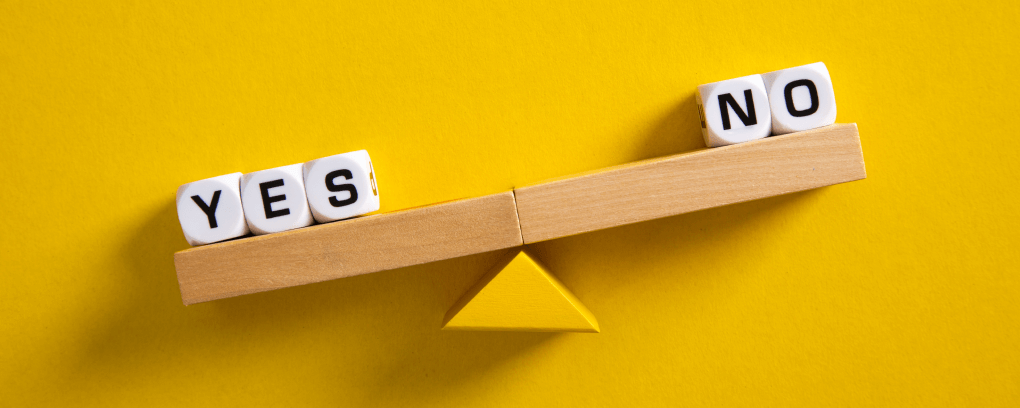Digital customer loyalty vs. physical: the comparison makes safe

Don't have a customer loyalty program yet? Then it's high time. As a provider of a digital customer loyalty solution, it's obvious that we say so. However, there are much deeper reasons for this call: If costs are rising, consumers are increasingly watching the price. They want or need to buy cheaply, compare and pay very close attention to where they have what advantages. At the same time, retailers have little more potential when it comes to pricing, logistics and product range selection.
It is therefore all the more important to maintain the relationship with the customer. Loyalty - the loyalty of customers - must be rewarded. It is not a question of entering into a discount battle, but of rewarding customers in general.
Satisfied customers are loyal customers
In general, if customers are satisfied, they are loyal and will make their next purchase from the same retailer. Loyal customers also buy more often and more: regular customers spend an average of 10 percent more - and if they can redeem offers at the same time, they spend as much as 25 percent more (Source: McKinsey). Loyal customers trust "their" retailer and are happy to try other products from the range. Even if a long time has passed since their last purchase, loyal customers become repeat customers. If something does go wrong, loyal customers are more tolerant and, if they are satisfied, they even recommend retailers to friends. There are no better ambassadors. You certainly don't want to do without that, do you?
Smartphone or plastic card?
Digital or physical customer loyalty? Smartphone or 8.5 by 5.4 centimeter card (usually plastic)? Anyone making this decision should look at the pros and cons of both options.
With a physical (plastic) customer card or a physical customer loyalty, retailers get information about their customers - from name and place of residence to possibly age and gender. This information makes it possible to target customers - but only via the (expensive) postal service. Retailers can use this information and the sales volume stored with the customer to offer discounts based on sales or other bonus systems, for example. But does all this only work with the physical version? No, digital customer loyalty also offers all these advantages - and much more cheaply and sustainably.
Consumers: social, mobile, interactive
The disadvantages of physical customer loyalty are already apparent at the registration stage: customers have to fill out a form, usually by hand, which later has to be transferred to a system - often with problems of legibility. Then the customer card has to be sent to the customer by mail. This takes time, is expensive, and the card and its dispatch are a burden on the environment. What's more, customers have to physically carry the card with them. And this in a world in which consumers are increasingly social, mobile and interactive. 97 percent of 30- to 39-year-olds are online via smartphone every day (Dialog Marketing Report 2022 by Österreichische Post AG).
The comparison makes certain
What do you think is more targeted and cost-efficient? A direct mailing (in the simplest version), where delivery alone (without printing costs) costs 36 cents per piece (Österreichische Post AG's Business 02-2023 tariff folder) or a mobile-pocket full-service package for 5 to 10 cents per regular customer, with which you can play out ten offers or content for more than a month, three offers for several million customers, and one offer for several million customers. You can play out ten offers or content for more than a month, present three offers to several million app users throughout Austria, run a geofence campaign around several stores, send a push message to all your loyalty card holders, enable your customers to apply for new loyalty cards digitally and check bonus points on their smartphones. What will you choose?
Together ahead of the game
Retailers need to be able to calculate, otherwise they won't be able to survive on the market for long. But comparison is the only way to be sure. Or do you need a few more arguments? 97 percent of Austrians have a smartphone (Dialog Marketing Report 2022 by Österreichische Post AG). And when it comes to sustainability, everything speaks for digital and against physical customer loyalty with print products and plastic cards. We are convinced that digital customer loyalty is clearly ahead. If you also want to be ahead, contact us! We'll compare the two together with you.
More posts
Against app fatigue: value-added services in digital banking
Get rid of app fatigue! Banking apps and banking wallets, together with value-added services, can offer exactly what users want: a super app, a wallet that combines multiple applications. This solution also brings many advantages to banks.
Why a digital customer loyalty program is essential for every brand
A digital customer loyalty program not only pays off for your company. It also offers your customers added value.
![[Translate to Englisch:] [Translate to Englisch:]](/fileadmin/user_upload/mobile-pocket/HUB_News/Teaser/mobile-pocket_appmuedigkeit_vorschau.png)
![[Translate to Englisch:] [Translate to Englisch:]](/fileadmin/user_upload/mobile-pocket/HUB_News/Teaser/warum-digitales-kundenbindungsprogramm.png)